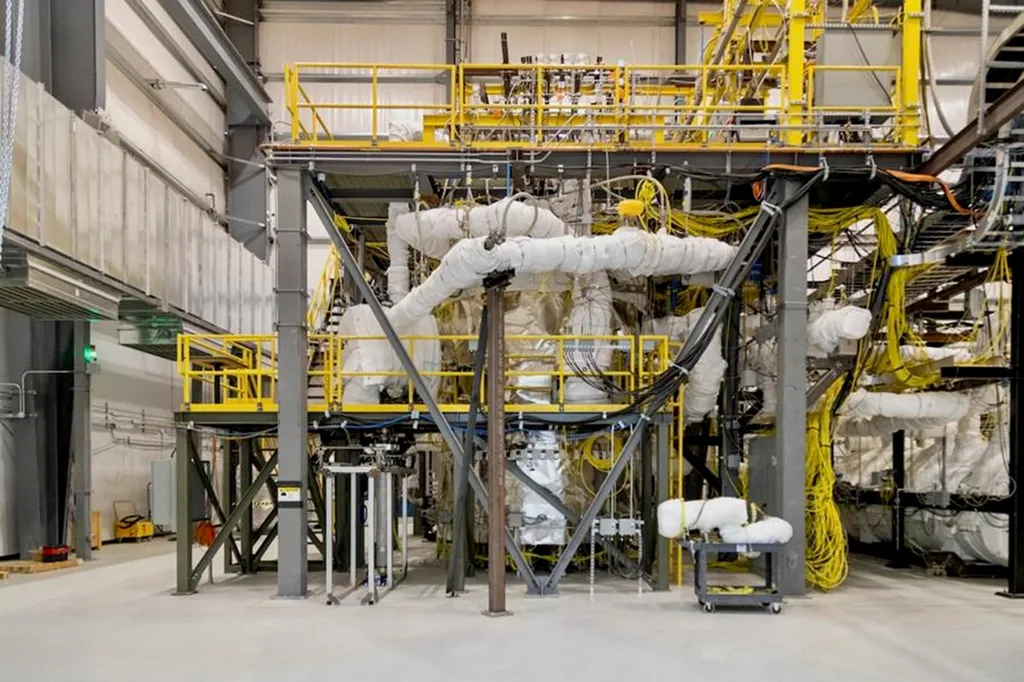In a groundbreaking development poised to reshape the aerospace and automotive industries, researchers have unveiled a novel method for characterizing the fracture mechanics of short cracks in additively manufactured titanium aluminides. This advancement, led by Niklas Kloos from the Chair of Materials Test Engineering at TU Dortmund University, promises to enhance the safety and efficiency of these high-performance materials, offering significant commercial implications for the energy sector.
Titanium aluminides have long been coveted for their exceptional high-temperature resistance, low density, and favorable mechanical properties. Their adoption in critical applications has been hindered by the need for comprehensive fracture-mechanical characterization, particularly in the context of additive manufacturing (AM). Kloos and his team have addressed this challenge head-on, developing a resource-efficient testing method that could revolutionize the way these materials are evaluated and utilized.
The study, published in the Journal of Alloys and Metallurgical Systems (translated to English as the Journal of Alloys and Metallurgical Systems), focuses on titanium aluminides produced via electron beam melting (EBM), a popular AM technique. The researchers employed load increase tests to acquire R-curves from single miniature specimens, a method that determines fatigue crack growth thresholds with remarkable precision.
“Our approach allows us to gather crucial data from a single specimen, making the process more efficient and cost-effective,” Kloos explained. “This is particularly important for the aerospace and automotive sectors, where safety and performance are paramount.”
The team’s findings reveal that stress increment and step length significantly influence R-curve development and crack propagation. Moreover, build orientation impacts threshold values, while hot isostatic pressing (HIP) can affect grain structure and crack growth behavior. Perhaps most notably, the study demonstrates the feasibility of pre-cracking under compressive loading, a method that Kloos advocates for its accuracy and reliability.
“The ability to pre-crack under compressive loading is a game-changer,” Kloos asserted. “It ensures that our measurements are more accurate, which in turn enhances the safety and performance of the final product.”
The implications of this research extend far beyond the laboratory. By providing a reliable foundation for characterizing the fatigue behavior of additively manufactured titanium aluminides, Kloos and his team have paved the way for broader adoption of these materials in safety-critical applications. This could lead to lighter, more fuel-efficient aircraft and vehicles, reducing CO₂ emissions and enhancing energy efficiency across the board.
As the energy sector continues to seek innovative solutions to the challenges of sustainability and performance, advancements like these are more important than ever. The work of Kloos and his colleagues not only pushes the boundaries of materials science but also offers tangible benefits for industries striving to meet the demands of a rapidly evolving world.
In the words of Kloos, “This research is just the beginning. We are excited to see how our findings will shape the future of additive manufacturing and the broader energy sector.” With such promising developments on the horizon, the future of titanium aluminides in critical applications looks brighter than ever.

